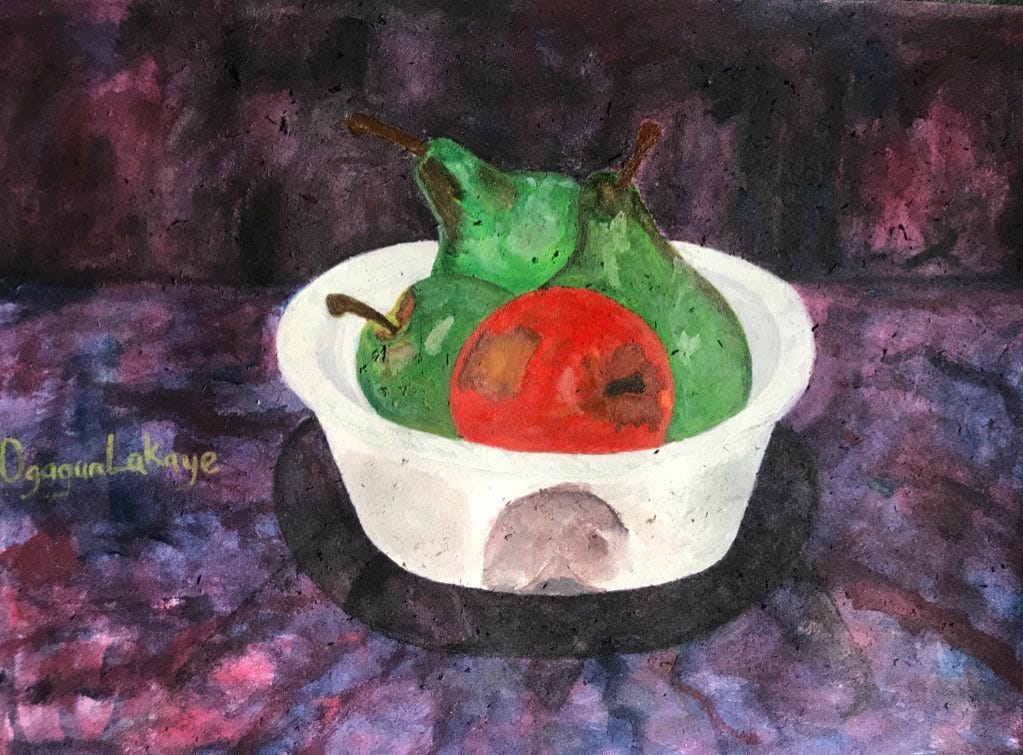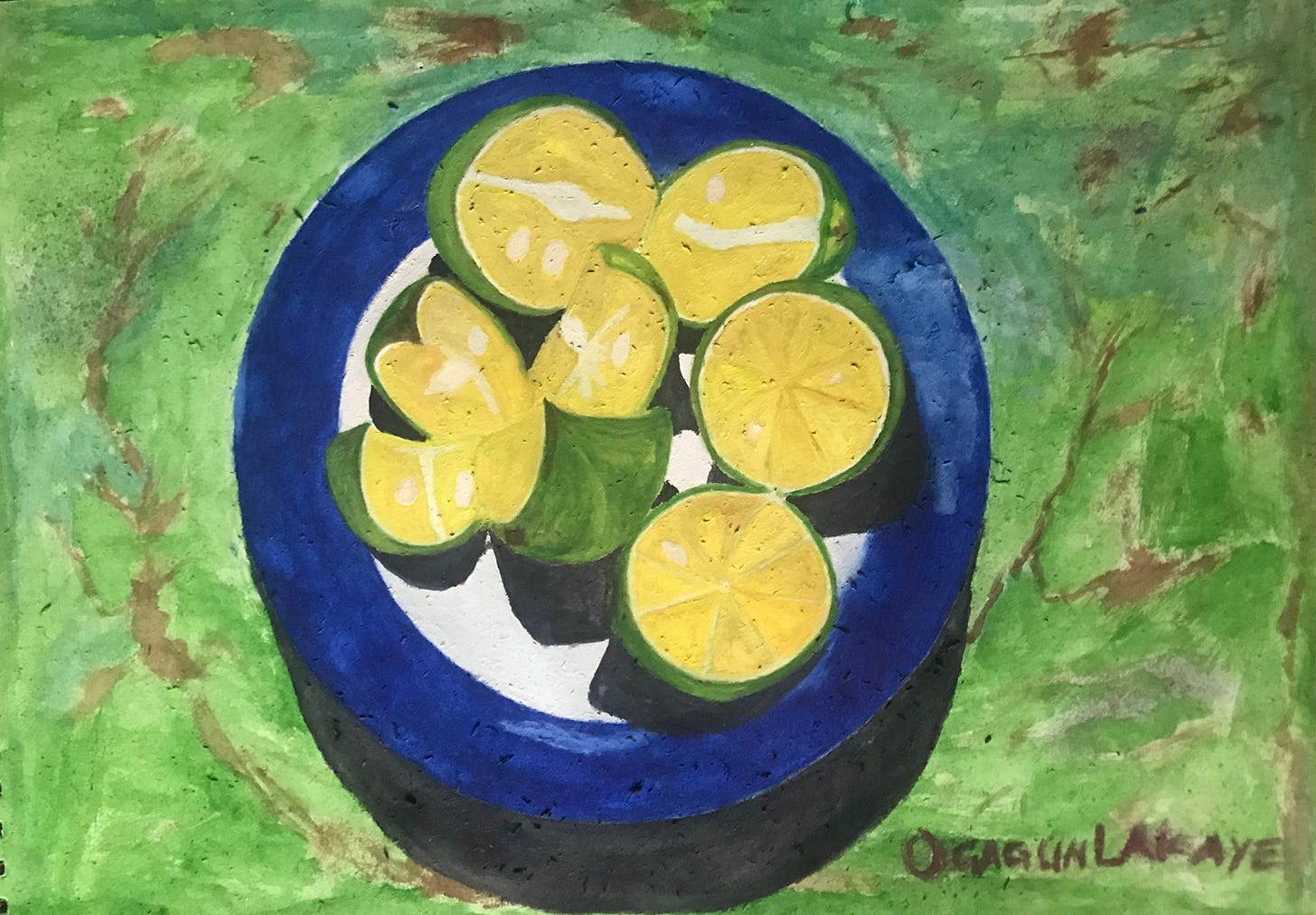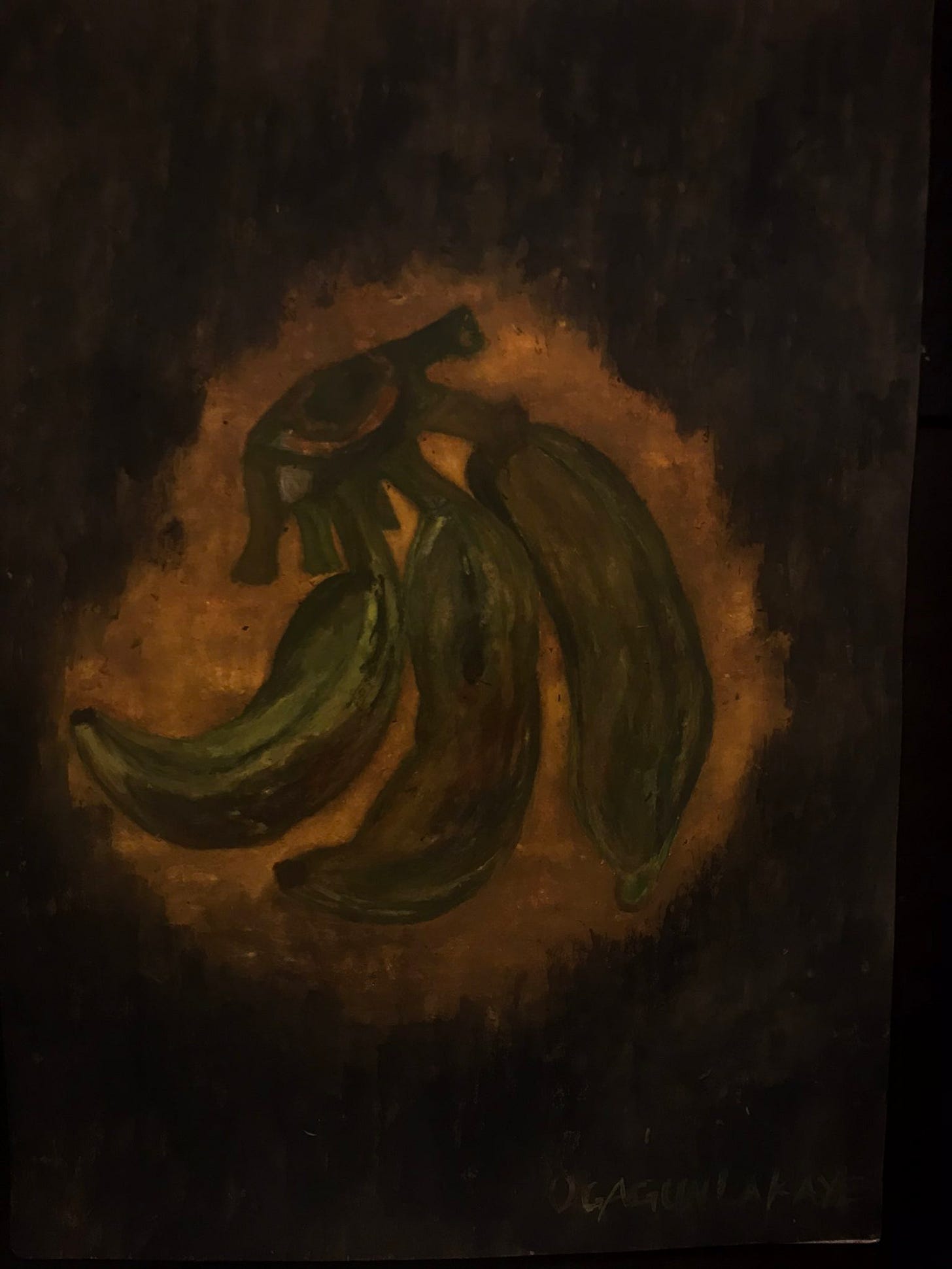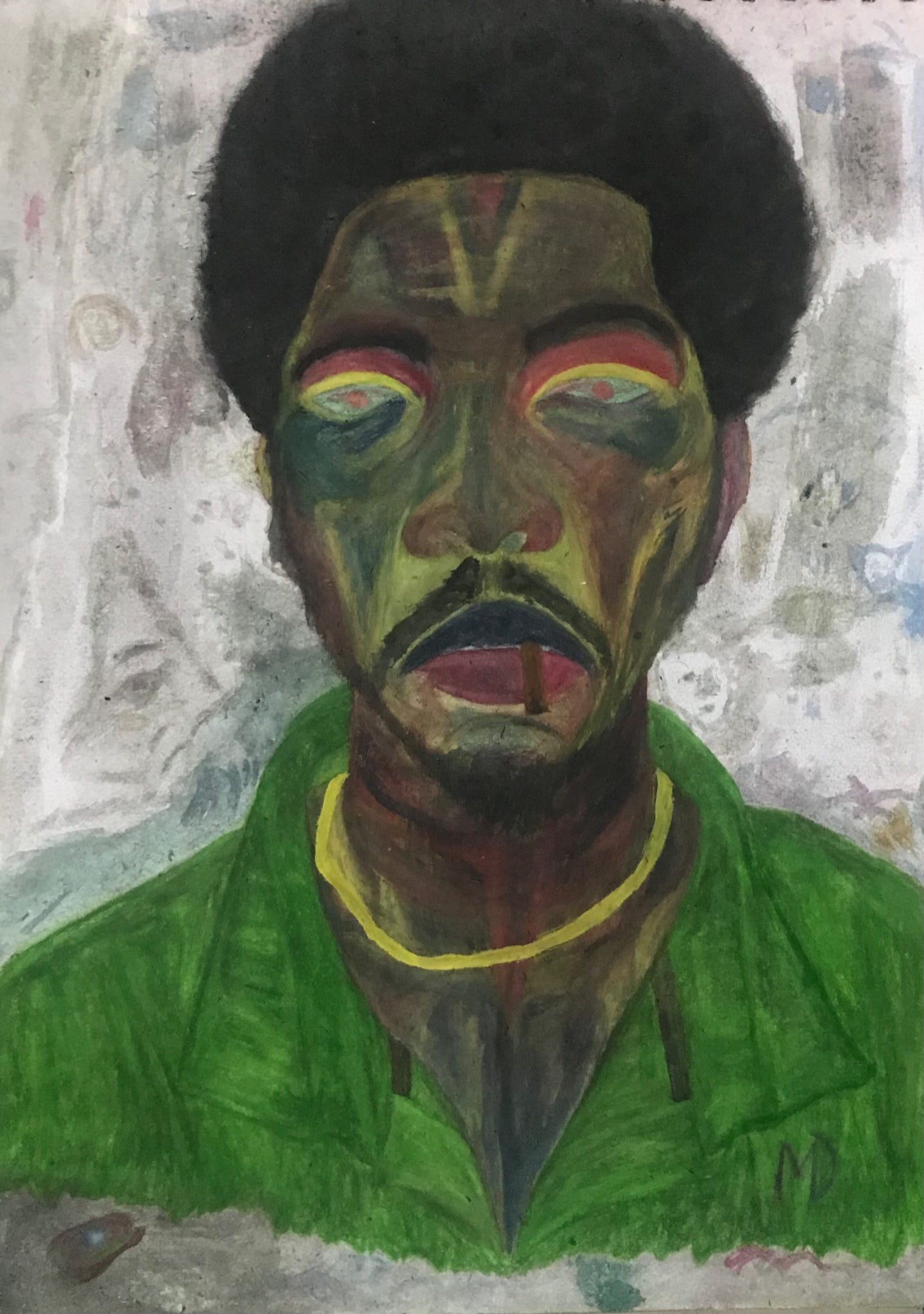Learn Like An Artist: A Guide to Self-Learning
To learn is a realization, a moment of self-awareness; hence, the first thing you learn is there is a need to learn
Hello there reader, I am pleased to write to you again.
I apologise firstly for the silence over two months. I received feedback that forced me to address how I want LIAM to run. My priority remains bringing you the most human thoughts on what it means to master the art of learning.
I retain my thoughts that the desire to learn is fundamentally human. And that you don’t always need school to do this. Hence, you can always have the joy of learning as you do it by yourself.
Today’s article is from a guest. Michael Dare taught himself to paint. Although he does not offer tips on how to be an artist, he shares his experience and lessons that helped him move from zero to…well…being a good artist. Consider this a way of seeing the science and art of learning from an artist’s perspective.
Michael’s article is humane. By this, I mean that he emphasizes the mental and emotional aspects that characterise the act of self-teaching. Such as panic and distraction. I am certain that many people stick to poor systems because they’d rather have that than navigate the panic of learning by themselves.
Without giving it all away, please read and share your thoughts wiuth our author. And also, check out his work; he knows his stuff.
Learning is difficult. That’s the first thing you learn when you decide to learn; whatever you decide to learn. It does not matter whether you think it’s fun or whether you are already brilliant at it. Learning takes effort. It costs you. If it were so easy and effortless we would not have the need to learn. It is why people go to school—to learn.
But what happens if you cannot go to school? What happens when school isn’t enough? DIY; you learn to Do It Yourself.
To learn for yourself, you have to—need to—learn to teach yourself. It is a must; there is no other way.
Now, self-learning and self-teaching are often conflated to mean the same thing. That is a big but common error. Learning is a process, teaching is the processing. When you practise self-learning, the two processes are in the same person. You are both a teacher and a student.
I wrote the preceding paragraph with the confidence of a self-taught artist for three years and I’ll be sharing some of my experiences and lessons learnt.
To learn is a realization, a moment of self-awareness; hence, the first thing you learn is there is a need to learn. The second realisation is what it takes to learn, you realise the cost of learning and if you can pay the price. Then you make your decision, to learn or not.
I must clarify: although cost may be financial, the real cost is time. In fact, I propose that you invest only as much money as is proportionate to the time available to learn. If possible, avoid spending money at all. This serves to prevent you from getting overwhelmed and quitting before you start. I use the example of wanting to build muscles/lose weight. It would be nice to be able to afford the gym, gym clothes and shoes, purchase a meal plan etcetera. Yet, it would all be futile if you did not create time to see the bodybuilding or weight loss process through; to actually do the work—someone who sticks to a daily 15-minute home workout routine would achieve their goals faster.
The next stage of learning is the realisation of how committed you need to be to learning. There is another panic—this is when most people seek out a mentor. Good strategy. Mentors are good for guidance, encouragement and accountability. However, they cannot learn for you. It matters less if Arnold Schwarzenegger in his peak and heyday agrees to spot you at the gym if you do not show up and break your back in it.
Learning starts to get trickier and more difficult at this point. You are struggling. That is good. Now the real learning starts happening at a meta level—where it is less about the activity and more about learning what you need to learn the activity: you are learning to be committed, to be accountable, learning to be disciplined. You are learning because you are teaching yourself. These are the traits you need to actually learn if you must practice self-teaching and learning. And there is a way to find out, just in case you are confused, if you are on the right track.
The test for learning/teaching is simple: how much time you expend to achieve your desired results without distraction. This is not to imply that distractions are forbidden—there are mundane things that must distract us; relationships with family and friends rank top as some of these “distractions.” However, you must also learn time management, discipline, and balance, and we learn to set goals. Learn how to set goals.
However, there is a kind of distraction we should be wary of. Distractions driven by our endless curiosity to want to learn other things. Simply, a curiosity that breaks your focus. Learning other things is not a terrible thing. In fact, it has its benefits. The problem is your attention span. It is a limited resource. When you follow a new shiny toy, you shift your focus partially or completely and truncate your previous learning process—that is bad, very bad.
How to prevent this trap or get yourself out of it? You must learn to prioritize. To prioritize effectively, there are three important things one must learn in a hierarchy:
1. The importance of having a direction
2. The importance of having a goal
3. How to set goals.
Direction is constant, but goals are not. It is what you must do to achieve goals. You should not conflate your goals for direction. Direction gives you guidance and helps you master focus. Most importantly, knowing your direction helps you to learn how to prioritize.
I’ll explain, still with the instance of exercising and bodybuilding we have used earlier.
Let’s say you start to exercise. As it stands, your reason(s) for wanting to exercise is your goal; the exercise itself is your direction. Goals are not constant because your initial reasoning could be as simple as wanting to stay fit or as mundane as wanting to fit into new clothes. But one day you could wake up desiring to own a gym, be a gym instructor or become a TikTok fitness influencer. Direction is constant because for you to achieve your goal, you must keep exercising. Having a direction helps you learn to be consistent.
On dealing with distraction disguised as the desire to learn new things: is the new thing remotely related to what you are currently learning? You may decide to learn to swim or play volleyball—as these are very related to bodybuilding. That is no problem as long as you can create time to balance. If you decide on something like video editing or cinematography, it is wiser to learn using workout material. That way the two subjects become related and you can prioritise and manage your time.
You should secure a connection between the two subjects—old and new. If not it becomes more difficult (not impossible) to learn either or to achieve desired results.
Lastly, failures are normal. You fail, you try again. You set goals, but you fail to meet them—you try again. You miss your direction and lose focus, you reassess yourself and try again. Trying is the process, without trying you cannot learn- so just keep trying.
Thank you for reading.







